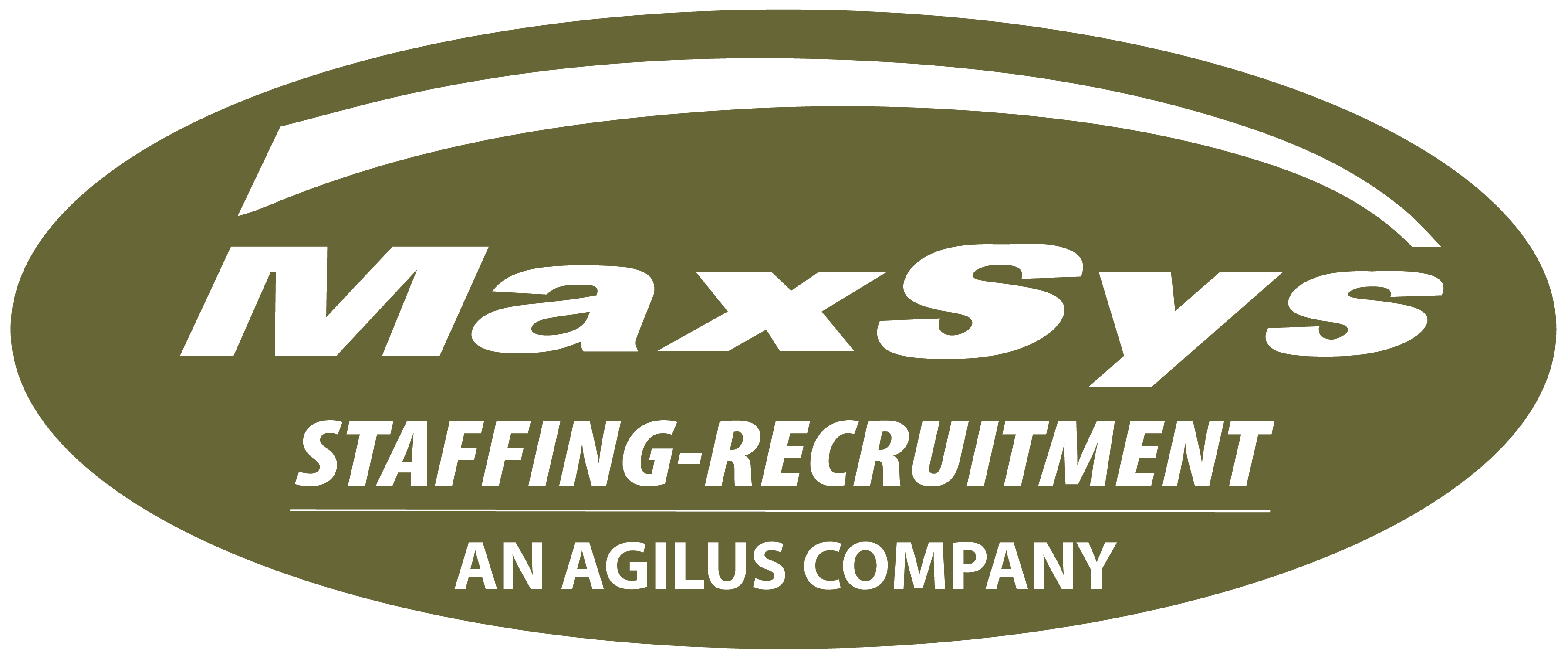May 3, 2021
Operational Excellence in 10 Steps
Operational excellence of an organization is the execution of its operations in an excellent way. Given two commercial companies with the same strategy, the operationally more excellent company will in general have better operational results, creating value for customers and shareholders.
Step #1: Respect Every Individual
The Shingo Model emphasizes that because everyone has worth and potential, everyone deserves respect. However, it’s not enough to have respect for others; you must demonstrate this respect to them as well. One of the best ways to demonstrate respect for your employees is by involving them in any necessary improvements to their department. This will help them feel more empowered and motivated to contribute to the changes in a positive way.
Step #2: Lead with Humility
Leaders should always exercise humility. After all, the best improvements happen people can acknowledge their shortcomings and look for a better solution. Humility involves a willingness to listen and take suggestions from everyone, regardless of that person’s position or status within the company.
Step #3: Seek perfection
This step in the model is often met with resistance as most people are quick to point out that perfection isn’t possible. While perfection may feel unattainable that doesn’t mean you can’t strive for it anyway.
By setting the bar high, you create a different mindset within your organization. When confronted with a problem, try to look for long-term solutions and always try to simplify your work without compromising the quality of the outcome.
Step #4: Embrace Scientific Thinking
Innovation comes from constant experimentation and learning.
Hence, it’s always useful to know what works and what doesn’t. By systematically exploring new ideas you can encourage employees to do the same without fear of failure.
Step #5: Focus on the Process
When things go wrong, there is a tendency to want to blame other people. In a lot of cases, however, problem is rooted in the process, not the person. This is because even great employees can’t consistently produce ideal results with a bad process. When a mistake occurs, rather than immediately pointing fingers at the employees involved, assess what part of the process the error occurred in. Once you have done this you can make adjustments to try to achieve the results you want.
Step #6: Assure Quality at the Source
High quality can only be achieved once every part of the process is done correctly. It can be helpful to organize work areas in a way that will allow potential problems to become visible right away. When a mistake does occur, stop working immediately to correct the mistake before continuing.
Step #7: Flow and Pull Value
The object of every organization is to provide maximum value to its customers. Because of this, organizations should ensure that the process and workflow are continuous because interruptions create waste and inefficiencies. It is also important to evaluate customer demands to ensure that your organization is only meeting those demands and not creating more than what is necessary.
Step #8: Think Systematically
In a system, there are many different interconnected parts that work together. It is important to understand the relationship between each of these parts because it will help you make better decisions. You should avoid taking on a narrow vision of your organization and get rid of any barriers that interrupt the flow of ideas and information.
Step #9: Create Constancy of Purpose
Employees should be informed of the goals and mission statement of the organization from day one. This shouldn’t just stop after day one, however. You should continue to emphasize these goals and principles every day going forward. Every employee should have an unwavering certainty of why the organization exists, where it’s going, and how it will get there. Knowing this will help them align their own actions and goals with those of the company.
Step #10: Create Value for the Customer
To create value for the customer you have to understand what the customer needs. The value is simply what that person is willing to pay for. Organizations must continue to work to understand the needs and expectations of their customers. An organization that stops delivering value to the customer is not sustainable over time.



